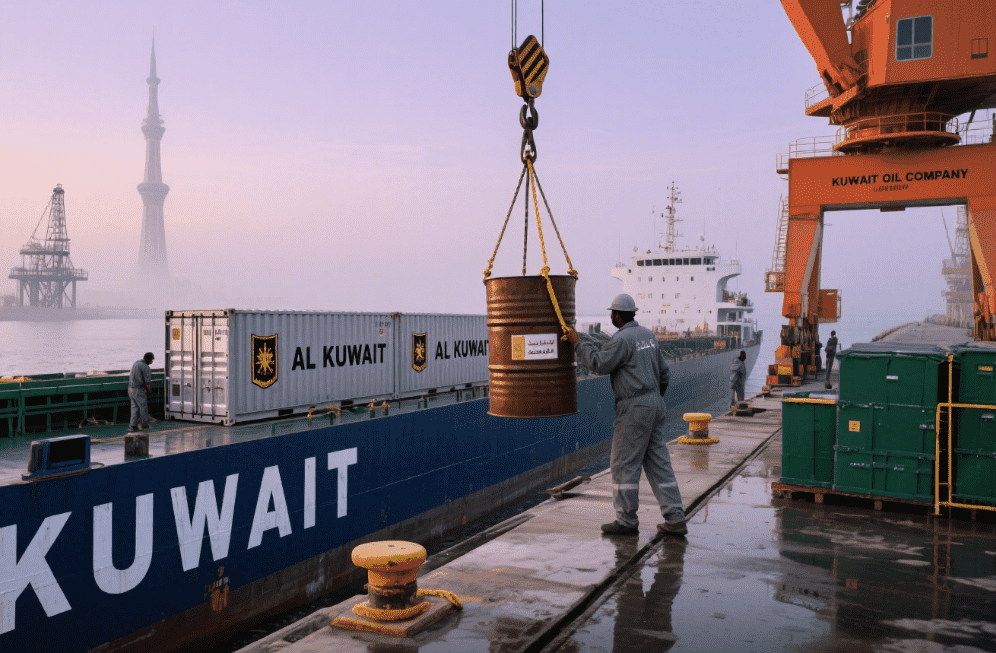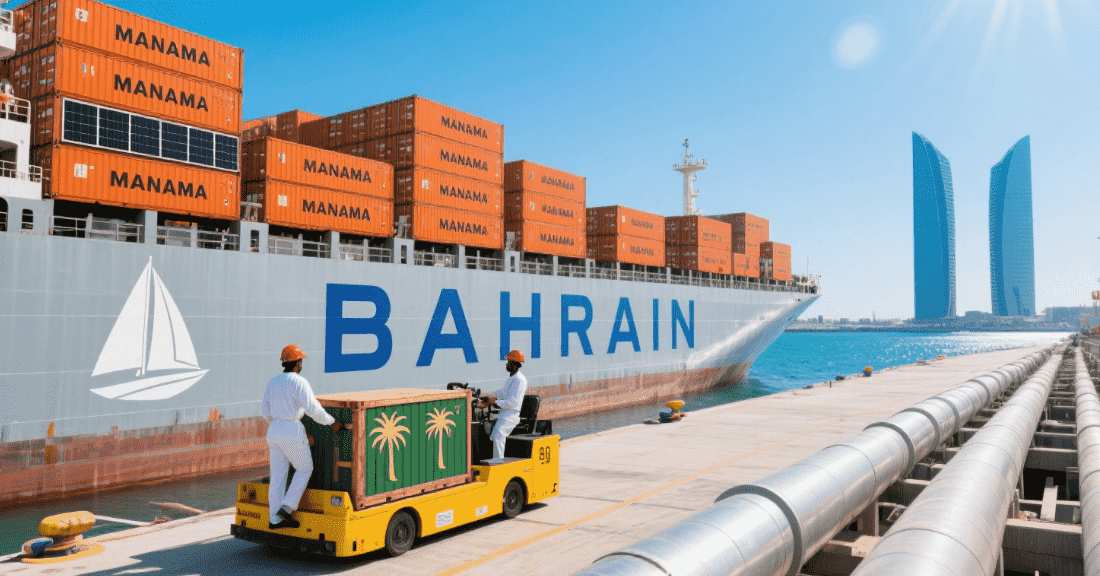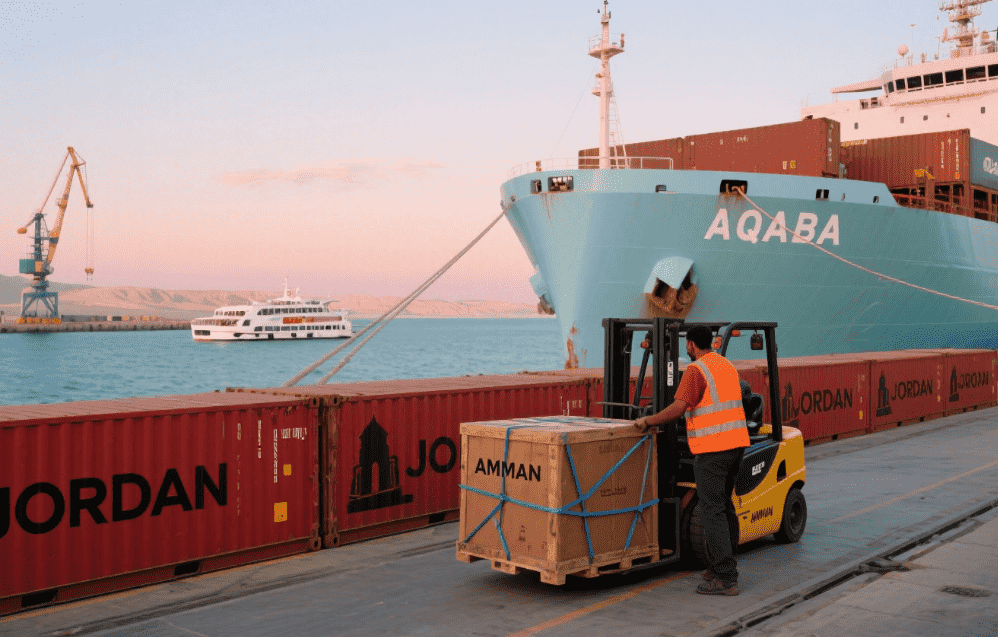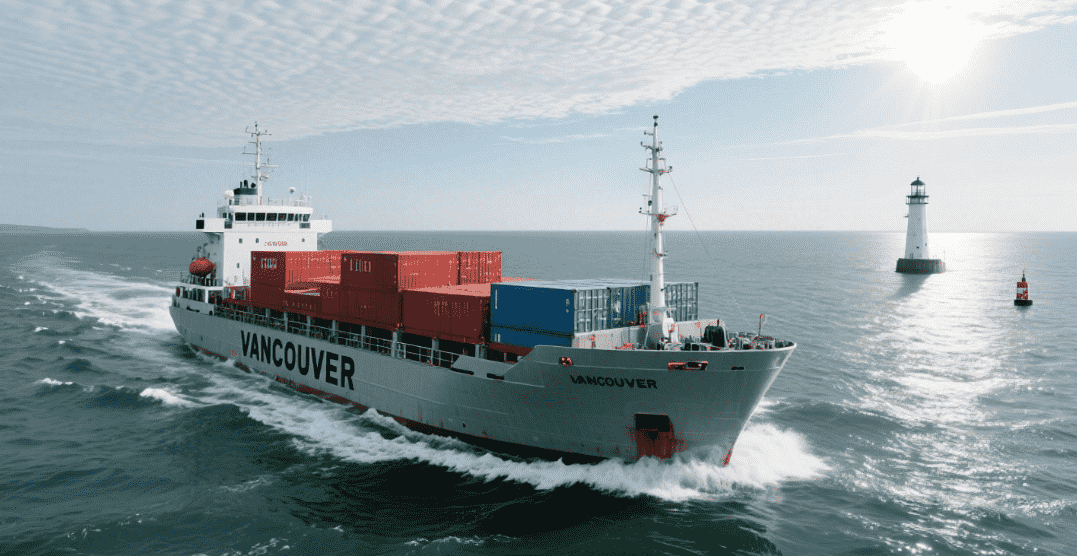
With the growing importance of China in the global economy, importing and transporting dangerous goods from China has become an integral part of many international companies. However, due to their unique dangerous characteristics, dangerous goods need to strictly comply with a series of regulations and standards during import and transportation.
This guide will detail the definition of dangerous goods, common classification, import process, transportation mode, packaging requirements, and why you choose a professional Chinese freight forwarder to ensure safe and compliant transportation.
What are dangerous goods?
Dangerous goods are goods that may cause harm to human health, safety, property and the environment during transportation, storage and use. Dangerous goods are flammable, explosive, toxic, corrosive, radioactive and so on, so special management and transportation measures need to be taken. It should be noted that dangerous goods are not the same as dangerous chemicals, which are a subset of dangerous goods.
Common classification and loading methods of dangerous goods
Dangerous goods are divided into different categories according to their dangerous characteristics, and there are nine main categories of internationally recognized dangerous goods:
Explosives: such as fireworks, explosives, etc.
Gas: such as compressed gas, liquefied gas, dissolved gas, etc.
Flammable liquids: such as gasoline, alcohol, paint, etc.
Flammable solids: such as sulfur, phosphorus, magnesium powder, etc.
Oxidants and organic peroxides: such as sodium nitrate, peracetic acid, etc.
Toxic substances: such as arsenic, cyanide, etc.
Radioactive materials: such as uranium, cobalt-60, etc.
Corrosive substances: such as sulfuric acid, sodium hydroxide, etc.
Miscellaneous dangerous goods: such as magnetic materials, lithium batteries, etc.
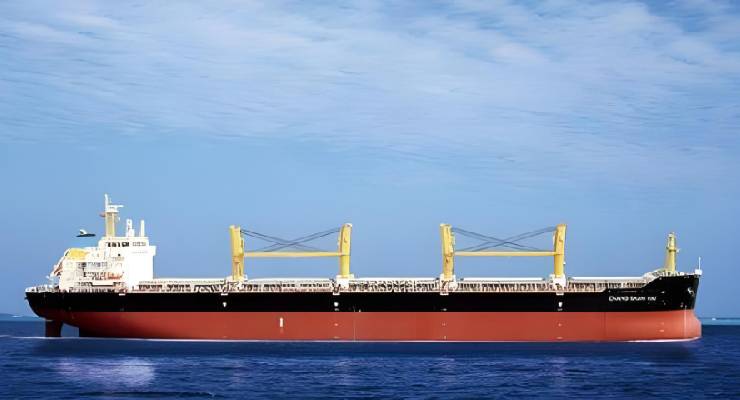
How to import dangerous goods from China?
Select the right supplier
Select qualified and experienced suppliers to ensure that the suppliers have the relevant qualifications and certificates for the production and export of dangerous goods.
Understand the laws and regulations of the importing country
Each country has strict laws, regulations and requirements for the import of dangerous goods, and it is necessary to understand the relevant regulations and requirements of the importing country in detail before import.
Prepare necessary documents
Importing dangerous goods requires preparation of detailed documents, including but not limited to:
Commercial invoice
Packing list
Dangerous Goods Manual (MSDS)
Classification and marking of dangerous goods
Import license
Shipping dangerous goods from China
Choose the right mode of transportation
Dangerous goods are transported by sea, air, and land. The choice of the appropriate mode of transportation needs to consider the characteristics of the goods, transportation distance, and transportation time.
Ensure the packaging is up to standard
The packaging of dangerous goods needs to comply with international and national standards, ensure that the packaging is strong, safe and clearly marked and labeled as dangerous goods.
Prepare the necessary shipping documents
The transport of dangerous goods requires detailed transport documents, including but not limited to:
Dangerous goods transport document
Dangerous goods declaration
Safety Data Sheet (SDS)
Traffic permit
The process of transporting dangerous goods from China
Declaration of imported dangerous goods: The declaration of imported dangerous goods must be completed about 3 days before the arrival of the ship, otherwise there will be a risk of fines or failure to unload the ship.
Prepare import customs clearance documents: including import declaration form, contract, invoice, packing list, GHS label of dangerous goods, UN stamp, MSDS report, etc.
Pay customs duties and value-added tax: After the customs clearance company issues the tax, the enterprise needs to pay the tax by itself or entrust the customs clearance company to pay the tax on behalf of the company.
Customs declaration or inspection: If inspection is required, the customs clearance company will arrange inspection.
Arrange transportation: After release, the team will pick up the goods from the customs supervision warehouse and transport them to the destination.
What are the ways to transport dangerous goods from China?
Dangerous goods can be transported by:
Air transport: Because of its fast, safe, very suitable for urgent, high-value cargo transport.
Sea transport: Due to its cost effectiveness and capacity, it is suitable for the transport of larger volumes and less time-sensitive goods.
Packaging and documentation requirements for the transportation of dangerous goods from China
Necessary documents for transportation of dangerous goods
Proper documentation is essential for the safe and compliant transport of dangerous goods. Basic files include:
Material Safety Data Sheet (MSDS) : Provides detailed information on chemical properties, hazards, and handling considerations.
Dangerous Goods Declaration (DGD) : certifies that the goods comply with all relevant regulations.
Shipping documents: including bill of lading, packing list, commercial invoice.
Emergency Response information: Details what to do in an emergency.
Appropriate packaging techniques and requirements

The correct packaging of dangerous goods is essential to prevent leaks, spills and other accidents. Key requirements include:
United Nations Approved packaging: Packaging must meet United Nations standards for strength and durability.
Labelling and marking: Appropriate labelling and marking to indicate hazard type, UN number and handling instructions.
Internal and external packaging: Use a suitable inner container and secure it in a sturdy outer container.
Absorbent materials: Includes absorbent materials to deal with potential leaks.
How to ship dangerous goods from China to your country?
Choose the right mode of transport: According to the number of goods, volume, transportation time and other factors, choose the right mode of transport, such as sea, air or land transport.
Arrange transportation and insurance: Arrange transportation and insurance of goods in consultation with Chinese suppliers.
Tracking the status of goods: Through the tracking system of China freight forwarding company, you can know the transportation status of goods in real time.
Customs clearance and delivery: After the goods arrive at the destination country, they must go through the customs clearance and delivery procedures in accordance with the local customs regulations.
Choose a suitable mode of transport (e.g. sea, air, etc.) to transport dangerous goods from China to your country. When choosing a transportation company, you can consider its transportation experience, service quality, price and other factors. Transport companies usually provide a range of services such as pick-up, packaging, customs clearance, transportation and home delivery to reduce your burden.
Price Of Shipping Dangerous Goods From China
Estimating Dangerous Goods shipping costs requires considering a variety of factors. Size, weight, destination, shipping method, and additional services like insurance or expedited shipping all affect the final cost. It is crucial to get accurate shipping quotes from different carriers or shipping companies to compare prices and services.
In 2024, the sea freight from major ports in China (such as Shanghai and Tianjin) to the West Coast of the United States (such as Los Angeles) will be approximately US$100 to US$250/ton. For specific prices, please consult the Chinese freight forwarder Winsail Logistics.
As a rough estimate, shipping a 40-foot container from China to the U.S. West Coast costs between $2,500 and $4,000. For the U.S. East Coast, costs may increase by $3,000 to $4,500 due to longer shipping distances.
What are the cost factors for shipping dangerous goods?
The key cost factors for shipping dangerous goods include:
· Shipping costs: the cost of air or sea freight.
· Packaging: The cost of compliant packaging materials.
· Documentation: The cost of preparing necessary documentation.
· Insurance: The cost of insuring the goods.
· Handling: The cost of loading, unloading, and handling the goods.
Why Choose Professional China Freight Forwarder Shipping Dangerous Goods
Professional Experience
Professional freight forwarding companies have rich experience in dangerous goods transportation and are familiar with relevant international and national regulations and requirements.
Full-process management
Freight forwarding companies can provide full-process management services, including packaging, storage, transportation, customs clearance, etc., to ensure that dangerous goods arrive at their destination safely and smoothly.
Reduce Risks
Professional freight forwarding companies can help reduce transportation risks, provide emergency plans and insurance services, and ensure the safety of goods.
Conclusion
Importing and transporting dangerous goods requires special attention and strict management. By choosing qualified suppliers, understanding the laws and regulations of the importing country, preparing necessary documents, and choosing the right mode of transportation, you can ensure the safe and smooth import and transportation of dangerous goods. In addition, choosing a professional China freight forwarding company can provide full-process management services, reduce transportation risks, and ensure the safety of goods.


